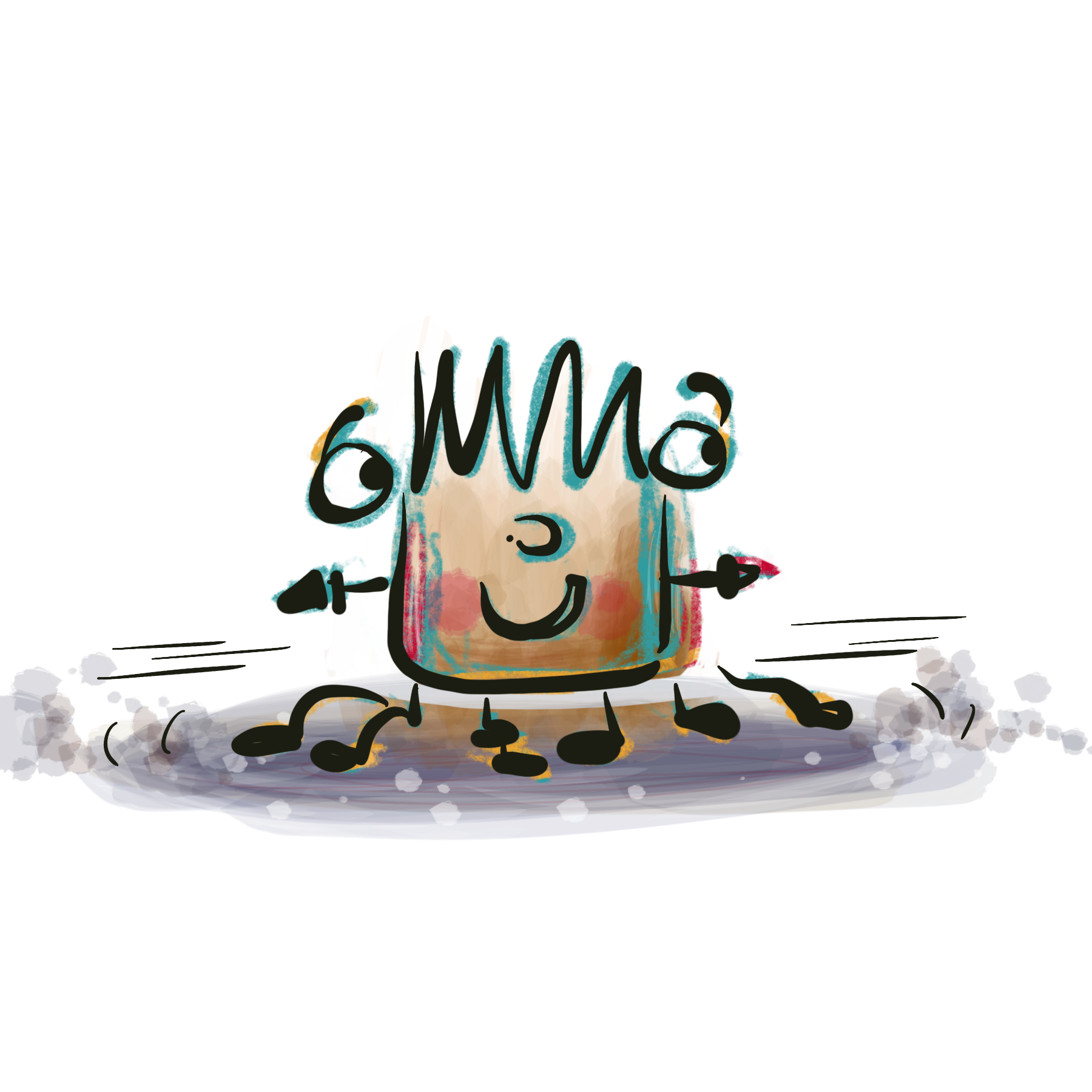
In practical terms, the first step in learning to cartoon is learning to see.
And by learning to see, I mean that you figure out how to recognise the individual components that make up a cartoon character.
To be clear, I’m not talking about any sort of rote drawing process such as…
“draw this circle, add this square, now put a rectangle on top – look, it’s a cartoon clown!”
Nope!
I am talking about training YOUR brain to see things and break them down into components for yourself.
Because every brain works slightly differently, so it’s important to have a method that makes sense to YOU.
But why is ‘seeing differently’ so important when learning to cartoon?
It’s because seeing components simplifies everything. It gives you one place to focus on.
Once you break something down into sections you can zoom in on just one section at a time and wrestle with it till it’s done. And you also start to see how different sections relate to their neighbouring parts so that before you know it, you have a whole load of ‘anchor points’ that help you to draw anything accurately.
How do I do it — can you give me a process, Ali?
With the greatest of pleasure!
The process of learning to see components is relatively simple:
- start with the largest components first (think of them as placeholders);
- look at the relative positioning of the largest components (you can hold a pencil up between you and the page and squint to help ’measure’),
- don’t be afraid to let components overlap (draw lines through other lines, it’s no big deal).
- and finally, fill in smaller components later, using the large components and overlapping areas as ‘anchor points’ (there’s that phrase again!).
Can you show me an example?
Yep, watch this video… you’ll see all those steps. I’ll wait for you right here…
And how do you know if you got it right?
Put an outline round the outside, squint and compare your version to the original! You’ll be able to see if it’s about right… and if it isn’t, that’s not the worst thing that can happen. You’re training your brain to notice differences so even if you can’t quite pinpoint them or figure out how to fix them initially, your brain is still getting better at the process.
If you get it right first time, it’s a fluke
A fluke means that you don’t know how you did it, so you can’t do it again on demand. And skill boils down to being consistent — you being able to do something well, every time, on demand.
The good news is that you needn’t put much pressure on yourself to get a superb result immediately 😀. But you can still expect to be pleased at how relatively recognisable your copy is — in my experience with beginners, you’ll probably surprise yourself!
What if you just can’t see components (and you’re sure you probably never will?)
That’s okay, too — learning to cartoon is a process and brains take time to learn. That’s why we call it practice (not perfect 😉 ).
Believe it or not, drawing cartoons takes hand-eye coordination. First your eye has to learn to see components (which takes practice) and then your hand has to learn to work with your brain to take what you see and recreate the shapes on paper (which also takes practice).
Be kind to yourself and just keep working at the process.
Have you ever heard the phrase, “Listen to hear, not to respond”?
Listening to hear makes you listen differently, because you change the purpose for which you are listening.
Learning to see components is a bit the same — we are so used to looking at things that we take seeing for granted (well, as a sighted person, I do). But when you start looking at things to see how they are made up of components, you look at them differently because you have a different outcome in mind.
And that is all it takes to start the process of training your brain to see for cartooning.
If you’re ready for your next step in learning to cartoon…
The Cartoon Drawing Decoder course is focused on exactly this skill – among others.
Check out the next time the next time this course will be available and get on the waiting list.
